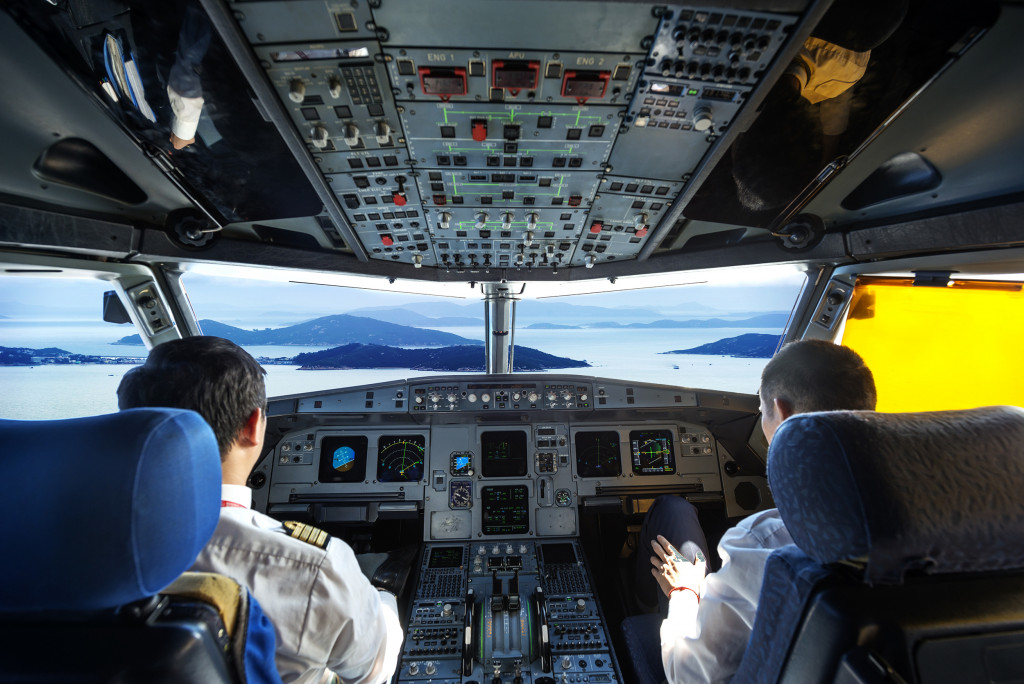• Pilot training and experience is crucial for aviation safety, requiring specialized training and recurrent refreshers.
• Aircraft must comply with design criteria and undergo regular maintenance to ensure flight safety.
• Advanced technology, such as avionics and ATC systems, improve flight management and warning systems.
• Stringent regulations and audits ensure that aviation industry stakeholders adhere to safety standards.
• Passengers have a role to play in aviation safety, from being aware of pre-flight briefings to listening carefully to flight attendants’ instructions.
Skyward journeys have always held a fascination for mankind. Air travel is now an essential part of everyday life, providing people with unparalleled convenience and accessibility to the farthest reaches of the world. However, nothing can sour the experience quicker than concerns about safety. Here’s a detailed look at the vital aspects of aviation safety – essential knowledge for frequent flyers and novice travelers alike:
Pilot training and experience
An essential factor in aviation safety is the skill of the people at the helm. Pilots undergo rigorous training and strict evaluation processes to obtain their licenses. Different types of aircraft require specialized training, and pilots must complete specific requirements to fly them. These include flight hours, simulator sessions, and extensive examinations.
Commercial pilots also need to maintain their qualifications through recurrent training, which keeps their skills sharp and refreshes their knowledge of various aviation aspects. The FAA enforces strict restrictions on pilot fatigue, ensuring the cockpit crew gets enough rest and maintains alertness on duty.
Aircraft design and maintenance
Behind the scenes, aircraft manufacturers and maintenance teams also play a major role in aircraft safety. Before aircraft can take off, they have to meet stringent design criteria from aircraft regulatory boards such as the FAA. This includes standards for the following safety-related aircraft components:
Flight control systems
Flight control systems are aircraft components that regulate altitude, speed, direction, and other aircraft movements. They must be designed to function reliably in all conceivable scenarios, including emergency situations. In addition, they must also provide adequate response times to control inputs from the pilot.
Aircraft indicator lights
In aircraft cockpits, aircraft indicator lights are used to alert pilots of potential problems. They must be clearly visible and not prone to misinterpretation so that pilots may respond correctly and quickly. Investing in quality aircraft indicator lights is a must for all aircraft.
Fuselage and wings

Aircraft structures, such as the fuselage and wings, must be designed to withstand a wide range of forces in different conditions. It must also remain intact during impacts and turbulence.
Brakes and tires
Aircraft brakes and tires must be designed to provide reliable braking, even in wet or icy conditions. The material selected for these components must be able to withstand the high friction forces generated when the aircraft lands. Tires must also have a sufficient tread depth to ensure a good grip on runways.
The maintenance team is responsible for ensuring that all components of the aircraft perform optimally and comply with safety standards. Engineers check every part of an aircraft before it takes off, and teams perform thorough checks on the aircraft at regular intervals.
Air traffic control and advanced technology
Another critical aspect is the comprehensive air traffic control (ATC) system, which serves as the nerve center of aviation operations. ATC personnel are responsible for coordinating thousands of flights simultaneously while maintaining order and efficiency.
The advancement in radar technology, satellite communication, and GPS has significantly improved flight management, aiding air traffic controllers and pilots alike. Modern aircraft also features advanced avionics such as Traffic Collision Avoidance System (TCAS) and Enhanced Ground Proximity Warning System (EGPWS), which warn pilots of potential threats and assist in avoiding collisions.
Stringent regulations and regular audits
The global aviation industry operates under a robust regulatory framework. National and international organizations like the FAA, International Civil Aviation Organization (ICAO), and the European Union Aviation Safety Agency (EASA) are responsible for establishing and enforcing aviation safety standards.
These organizations perform regular audits of airlines, maintenance facilities, and other aviation stakeholders to ensure compliance with the established regulations. Non-compliance can lead to penalties, operational restrictions, or even license revocation. This rigorous review system ensures uniformity and consistency in the maintenance of high safety standards within the aviation sector.
The role of passengers in aviation safety

While the aviation industry strives to maintain a safe environment, passengers can also contribute to it. Frequent flyers or first-time travelers should take the time to familiarize themselves with the safety protocols onboard. Pay attention to the pre-flight safety briefing, acquaint yourself with the emergency exits, and know how to use life vests and oxygen masks.
Passengers can also contribute to safety by following guidelines provided by flight attendants, including the proper use of seat belts, stowing carry-ons, and electronic device policies. By being attentive, cooperative, and informed, passengers can play their part in enhancing the overall safety of air travel.
Air travel is a marvel of modern technology and convenience, but safety must remain the utmost priority. From the pilot’s experience to aircraft design and maintenance, air traffic control systems, stringent regulations, and regular audits—all these factors work together to ensure that passengers can enjoy their journeys safely.
Passengers, too, have an important role in aviation safety by being attentive during pre-flight briefings and following guidelines provided by flight attendants. By keeping all these aspects in mind, you can make sure your next skyward journey is as safe as it is enjoyable!
